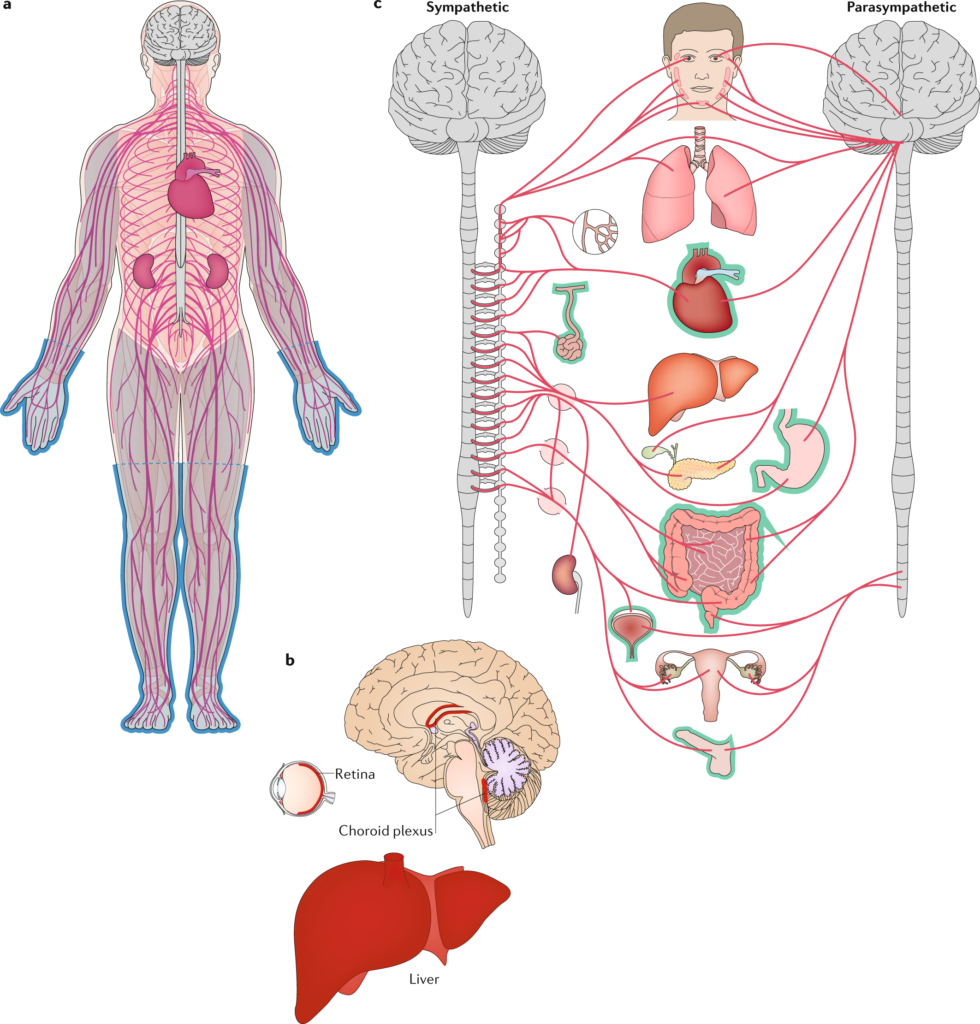Amyloidosis is a rare but fatal disease diagnosed in almost 4,000 Americans every year. An unusual protein, amyloid, develops in the body during this condition, potentially damaging the organ and sometimes leading to organ disruption. Moreover, this disease is often diagnosed in its later stages. The reason for the diagnosis of this illness in later stages is that the symptoms of amyloidosis usually don’t appear in the early stages. Search online to find more about its impact on your body.
So what is the cause of amyloidosis? By going through several medical pieces of research, there’s no ultimate cause of it. Try searching online to know if you or your loved one don’t risk developing this disease.
Read below to have complete insight about amyloidosis:
What is Amyloidosis?
Abnormal proteins or amyloid combine to form amyloidosis. These unsafe proteins can get themselves attached and stuck into your organs, nerves, tissues, and various parts of your body. Thus, it can do severe damage to organs and often leads to dangerous health issues.
There are many types of amyloidosis, depending on the type of proteins it has been made. However, the most common forms of amyloidosis are:
- Ancestral ATTR Amyloidosis
- Primary AL Amyloidosis
- Secondary AA Amyloidosis
- Wild-Type ATTR Senile Amyloidosis
Some vital organs are most affected by amyloidosis, like the heart, liver, skin, kidneys, and intestines. The phenomenon of abnormal proteins depositing on a specific organ is regarded as localized, while if it appears throughout the body, it is termed as body-wide or systemic amyloidosis.

Risk Factors and Symptoms
The most dangerous part of amyloidosis is it does not show any symptoms in the initial stages. As the patient’s condition worsens, amyloidosis symptoms heavily depend on which organ of the body is hit by amyloid proteins.
Some of the symptoms and signs are:
- Severe weakness
- Swollen legs and ankles
- Short breathes
- Constipation or Diarrhea
- Numbness, or pain in feet or hands
- Weight loss
- Skin issues, like bruising near eyes
- Enlarged tongue or difficulty in swallowing
- Irregular heartbeat
It is difficult for doctors to determine the number of people having this disease as its diagnosis is usually delayed or undiscovered. Thus, it is of utmost importance to identify the signs and symptoms to seek medical treatment to improve our medical conditions.
Furthermore, according to the patients’ pattern in the US, the risk of getting this disease increases with age. The majority of people suffering from amyloidosis are over 40 years of age, with men being more affected than women. On top of that, this disease can sometimes cause genetic mutations, which results in running in the family.
Roughly 12-15% of people are diagnosed with various myeloma; they also develop primary or AL amyloidosis. This means that amyloidosis can cause multiple diseases or multiple other diseases that can cause it. Even though these studies helped researchers to understand more about amyloidosis, patients can have this disease without experiencing the risk.
Examine your health for any symptoms and consult your doctor to find more about them. By diagnosing it in its earlier stage, you can get the upper hand on fighting amyloidosis.
Common Treatment Choices
Like symptoms, the treatment also depends on which organ is affected by amyloidosis. The team of experts in diverse diseases, like hematologist, gastroenterologist, neurologist, cardiologist, and others related to the particular organ, is required if amyloidosis occurs on many organs.
Therefore, amyloidosis treatment depends upon its type, side effects, cause of the disease/diseases, and the patient’s general health condition. Knowing there’s no definitive treatment for it, doctors’ objective is to minimize amyloid’s production and assist patients in managing signs and symptoms.
Nevertheless, the three significant types of amyloidosis’ treatment are:
-
Targeted Therapy
Targeted therapy is useful to stop the abnormal cells from growing and prevent them from affecting the healthy ones. This targeted therapy cures the organ, which is affected by amyloid proteins.
-
Chemotherapy
In this treatment, certain drugs are used to stop abnormal cells’ growth and eventually destroy them. Commonly used for curing cancer, Chemotherapy is also useful for treating amyloidosis by either injecting an intravenous shot or via pill to be swallowed.
-
Surgery
When an organ of a patient is heavily affected by these abnormal proteins or a large sum of amyloid is deposited on an organ, like the heart or kidney, surgery might be a compulsory course of action to treat amyloidosis.
On the other hand, patients can experience symptoms not only because of amyloidosis but also due to specific side effects of treatments. Thus, to reduce signs and symptoms, supportive care might be recommended if you’re living with such a diagnosed disease.
Wrapping up!
Although, patients’ condition majorly depends on the specifics of the disease they get. Some might be in critical condition, while others could manage their symptoms throughout their life. But the good news is that life expectancy has increased from a few months to 10 years or more after being diagnosed in two decades.
We hope you found this article informative. You can also search online to discover more about amyloidosis. Don’t forget to see your doctor if you’re having symptoms related to amyloidosis.


